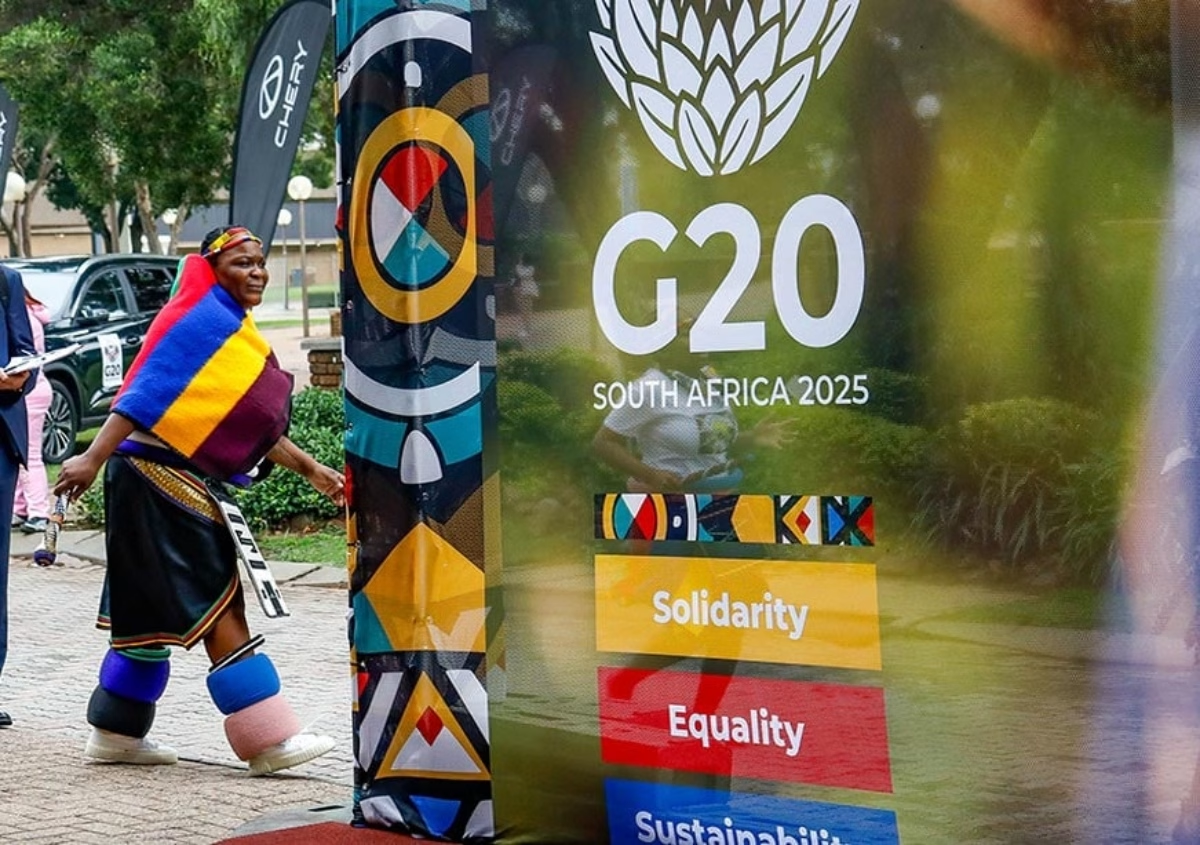- Africa is facing an increase in outbreaks and epidemics, but its healthcare systems are already severely challenged.
- Insuring against such health threats is critical for containment and saving lives, as underscored by the 2014-2016 Ebola outbreak.
- Senegal has become the first African country to take up risk coverage for outbreaks and epidemics, paving the way for building resilient healthcare systems on the continent.
In the past 20 years, Africa has experienced an escalation of public health emergencies due to emerging infectious diseases. Its healthcare systems, often underfunded and underequipped, are among the weakest in the world, contributing to the continent’s susceptibility to outbreaks and epidemics. Additional factors include extreme poverty and malnutrition, lack of access to clinics and immunisation in rural and remote communities and microorganisms adapting to climate change.
The World Health Organization (WHO) has also warned that outbreaks caused by zoonotic pathogens are rising. An increase of 63% has been recorded from 2012 – 2022, compared to 2001-2011.
The threat, while dire, is not new. Africa has been historically impacted by outbreaks and epidemics, from yellow fever recorded as far back as the 1600s and dengue in 1779. Later, in 1817, the importation of cholera from India spawned a series of pandemics and, within a century, cholera became an ‘African disease.’
These diseases still exist, alongside a host of others. Meningitis, for example, is prevalent in sub-Saharan Africa with a so-called ‘meningitis belt’ that extends from Senegal in the west to Ethiopia in the east. It encompasses 26 countries with an estimated total population of 300 million. According to the Centers for Disease Control and Prevention, this region experiences significant epidemics in cycles every 5 to 12 years, resulting in 1,000 cases per 100,000 population.
Marburg virus disease has also impacted several African countries and exhibits a high fatality rate, as high as 88%. The most recent outbreaks occurred this year in Equatorial Guinea and Tanzania.
And, Lassa fever is endemic in some West African countries, with an at-risk population estimated at 59 million. Every year, three million people in Sierra Leone, Guinea and Nigeria fall ill and 67,000 perish. Within the next 50 years, climate change and other environmental factors will lead to Lassa fever spreading to the central and eastern parts of Africa, increasing the number of people at risk by as much as 600%, according to a 2022 study by Scripps Research and the University of Brussels.
Ebola was a wake-up call
The 2014-2016 Ebola outbreak in West Africa caught the world’s attention like no other outbreak before it, except perhaps HIV/Aids, points out the director at the United Nations Information Centre in Pretoria, South Africa,Masimba Tafirenyika. It exposed the inadequacy of healthcare systems in Africa and the fact that prior to the outbreak, the region already lacked basic equipment, facilities and medical staff, Tafirenyika says. Healthcare systems were overwhelmed by the virulence of the disease, resulting in more than 11,000 people dying in Guinea, Sierra Leone and Liberia. The World Bank estimated the economic impact on the three countries at $2.8 billion.
Slow and unpredictable funding hindered a rapid emergency response at the beginning of the outbreak to assist with containment and saving lives. “Had Ebola been identified and the response begun two months earlier, the total number of deaths could have been reduced by 80%,” said Robert Kwame Agyarko, African Risk Capacity’s (ARC) lead advisor for Outbreaks and Epidemics.
An outbreak in the Democratic Republic of Congo in the same year resulted in 2,200 deaths and while, in this instance, the response was much better, there were nevertheless significant social, political and economic consequences.
A first for Africa
ARC identified that for successful outbreak control, a balance would have to be struck between finance and systems. The resulting outbreaks and epidemics (O&E) product is a comprehensive package of risk profiling; outbreak modelling from simulated outbreaks; a capacity-building programme around epidemic preparedness; contingency planning and risk transfer through a catastrophe (CAT) bond to ensure a quicker and more effective response.
Designed to release a payout on detection of an outbreak of a pre-determined magnitude, governments gain access to funding for containment efforts and medical intervention without the need to rely on traditional aid, which often arrives too late. The benefits and protections are many, from reduced mortality and reduced cost for the outbreak response to mitigating secondary impacts on a country’s economy.
Due to previous epidemics in Guinea and Uganda, ARC launched its pilot product in these two countries in September 2017. In the intervening years, the Covid-19 pandemic with its devastating impact in Africa and around the world, once again highlighted the urgency to protect populations, especially the most vulnerable, against unpredictable health threats.
The success of ARC’s pilot resulted in the final parametric insurance product for high-impact epidemic risks becoming available to ARC’s member states in 2022 – a first on the African continent. Pathogens for four diseases were selected; diseases that had historically shown high human and economic costs – Ebola, Marburg virus disease, Lassa fever and meningitis.
In December 2022, the first policy was issued to Senegal, setting it up to take advantage of this innovative financing instrument and granting the government access to protection of $5 million.
Senegal’s pioneering adoption represents a significant milestone for Africa and a call to action for other countries to follow suit. It is also a first step towards building resilient healthcare systems on the continent to safeguard lives and mitigate the economic consequences of increasing outbreaks and epidemics.
Source: World Economic Forum











